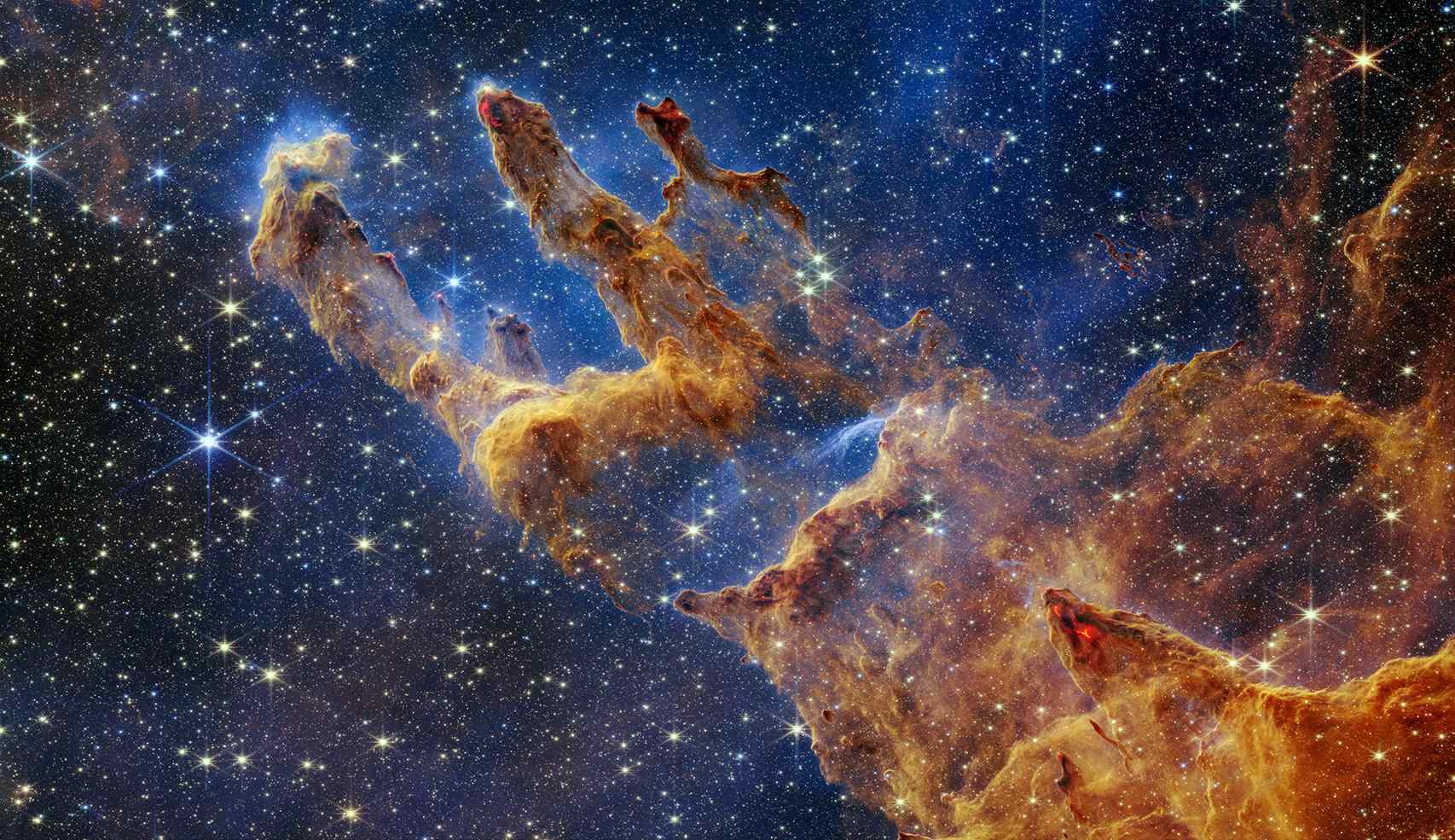NASA’s James Webb Space Telescope has taken stunning images of Rho Ophiuchi star nursery around 390 light-years away that reveal new details on how stars like our own are created. Celebrating its inaugural year of science operations this July, this $10 billion observatory produced this image featuring bright red blobs in the center which represent jets of molecular hydrogen shooting from young stars after breaking free from their natal cocoon, according to NASA.
On Wednesday, to mark its inaugural year of galactic operations, Webb released one of its most remarkable images ever captured by any space telescope, showing its ability to unveil previously unseen detail about our Universe. Webb can capture objects too distant and faint for Hubble by using infrared wavelengths which it cannot. These first pictures have completely transformed our understanding of early cosmic history while inspiring scientists around the globe to ask questions they couldn’t before.
One of the Webb telescope’s greatest assets lies in its ability to examine galaxies that formed early on in our Universe’s existence, as well as peer through dust clouds that limit light from reaching other telescopes. By studying such cosmic objects, astronomers are able to look back in time to uncover how it all came to be.
Webb’s first year of operations have brought to light many revelations, from unveiling distant galaxies and verifying distances, to discovering early supermassive black holes and exoplanet atmospheres and stellar compositions of exoplanets, atmospheres and stellar compositions of exoplanets, atmospheres of exoplanets, stellar compositions and viewing an unusual star threatening explosion and identifying elements in space clouds to witnessing weather patterns on distant planets and finding water on comets!
Northrop Grumman served as the prime contractor to construct this observatory and designed and constructed all its major subsystems – such as its deployable sunshield – before integrating them all together into one cohesive system. Furthermore, they were responsible for creating its primary mirror as well as other optical elements of its telescope. The observatory will be the most complex instrument ever put into space, comprising of advanced features and technologies. It will enable scientists to study the formation of stars, planets and galaxies as well as early stages in our own galaxy’s development. At least 20 years of operation are anticipated, with up to 30 year extended missions possible. Its primary mission will be exploring the dark corners of our galaxy and beyond. On its secondary missions, this satellite will aim to investigate an assortment of celestial objects ranging from the compositions of atoms to exoplanet atmospheres and will perform numerous science observations and calibrations in order to increase its capabilities.
